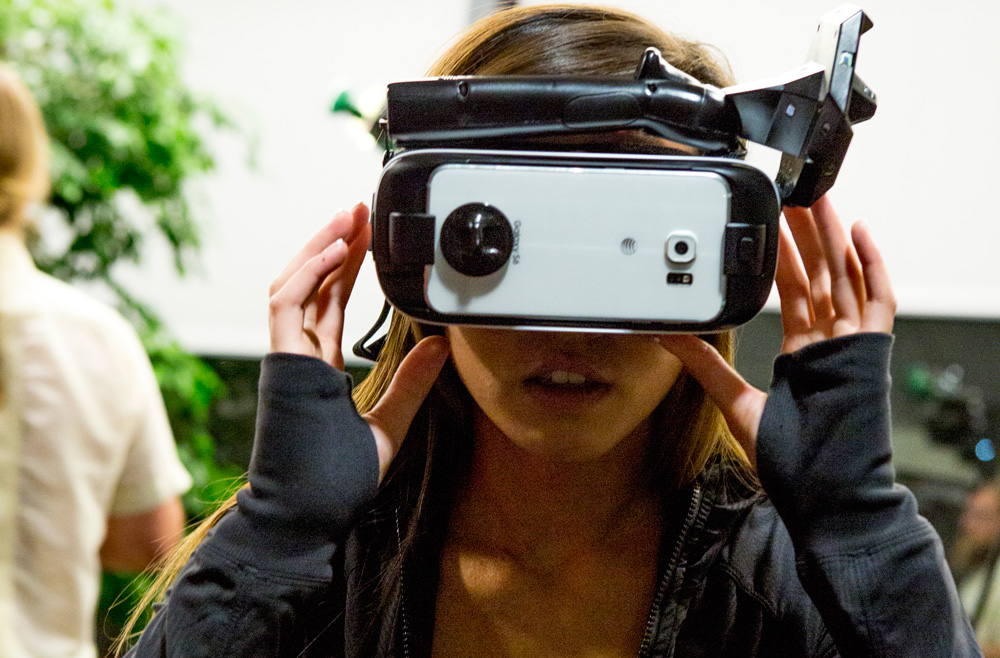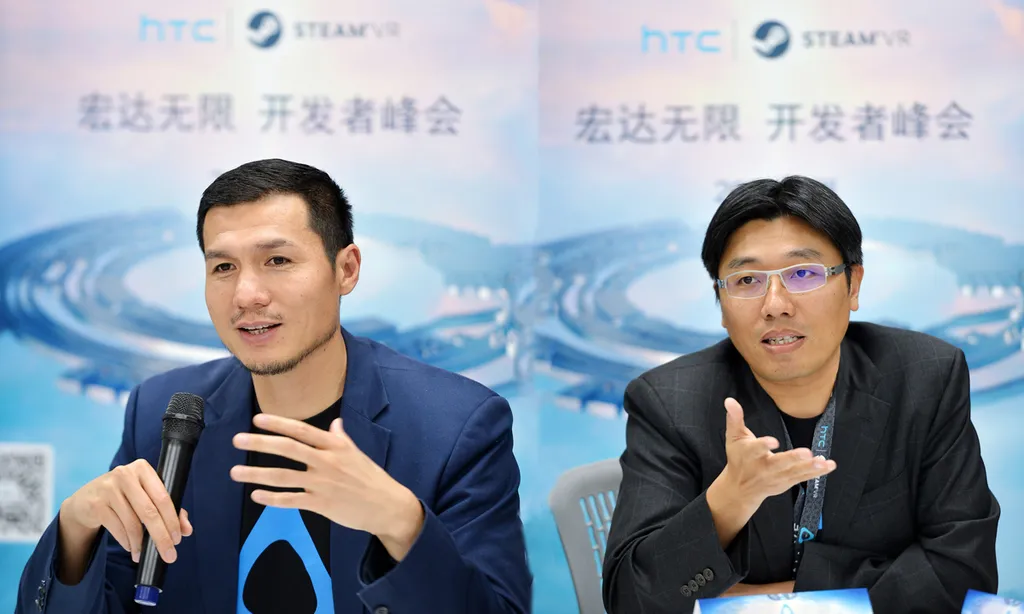During a developer press conference in Shenzhen, China earlier today HTC confirmed that they are, in fact, working internally on a mobile VR solution, but it may be a while before we see it ourselves.

This news comes to us from our China correspondent Oval Po, who attended the event. Answering a direct question, Raymond Pao HTC’s Associate Vice President of VR New Technology, confirmed that HTC is working internally on mobile solution for VR.
“We have been looking at mobile VR all the time,” said Pao. “[We] have been studying how to make good mobile VR. We also believe that our technologies, compared with [what’s] commercially available, should not be bad.”
Despite suggesting that the company may already have a solution on par with “commercially available” products, Pao doesn’t believe the technology is ready for release.
“But we are not satisfied, with either interactivity or immersion. It is not up to our standards.” Those standards likely being the hand tracked, room scale experience that is available with the HTC Vive.
To enable that type of experience on mobile HTC would need to have a breakthrough in inside-out positional tracking, which uses the phone’s camera alongside a number of algorithms to determine a person’s location in 3D space. This is an important step beyond the current level of mobile VR, which only allows for rotational tracking. Companies like Samsung, Oculus, and Google are all working towards solving this problem, but no one has come up with a solution that has been deemed satisfactory.
In an earlier conversation with UploadVR, Oculus CTO John Carmack spoke candidly on the mobile positional tracking problem saying, “it does not look good for making an inside out tracking system that doesn’t consume a whole lot of battery power.” Carmack has since refocused his work at Oculus towards solving this specific problem because it remains one of the biggest barriers toward making truly immersive mobile virtual reality a possibility.

One other option for HTC would be to create a solution that integrates with the Lighthouse tracking system used on the HTC Vive. OTOY, a cloud rendering company working on lightfield technology for VR, recently showed off a hacked positional tracking integration with the GearVR that used an HTC Vive controller to track the headset in space. This solution, however, likely wouldn’t live up the HTC’s standards for a mobile VR device because the tracking solution is not mobile.
Either way, it appears that mobile VR is a part of HTC’s future. On an earnings call in February, HTC’s CFO Chia Lin-Chang said “virtual reality and smartphone [will be] connected devices. It may seem two very distinct things to an investment community but we see it in a very integrated way.”
HTC views the mobile VR solution as an integrated one, with content creation being a key to its success. When asked about HTC’s Re Camera, Chang responded saying it “will apply into a virtual reality solution and fit into the mobile virtual reality solution.”
Putting the pieces together, it seems that HTC may release a consumer 360º version of the Re sometime in the future and that it will integrate with the mobile VR solution – whenever that is officially announced and released.
For now, however, HTC remains “heavily focused on the Vive” which is slated to release on April 5th. The company pre sold at least 15,000 headsets within the first 10 minutes of their availability online, according to Shen Ye one of HTC’s product specialists focused on the VR.


























